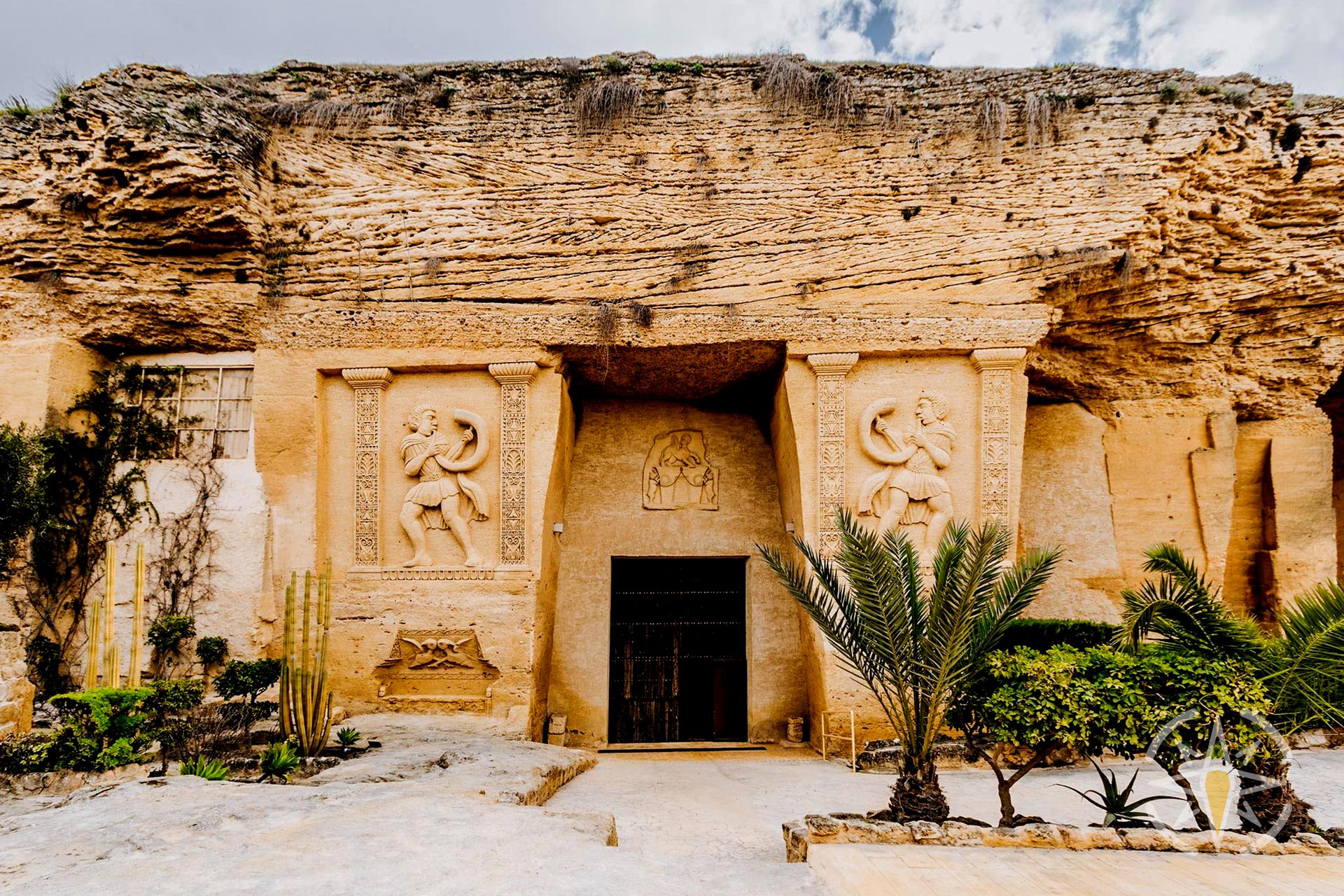
El Coto de las Canteras is an interesting place located near the town of Osuna in the province of Seville.
Often referred to as the "Petra of Andalusia" in guidebooks, but I think the comparison to the work of the Nabateans in Jordan is greatly exaggerated. However, the place does create a unique landscape that is worth seeing.
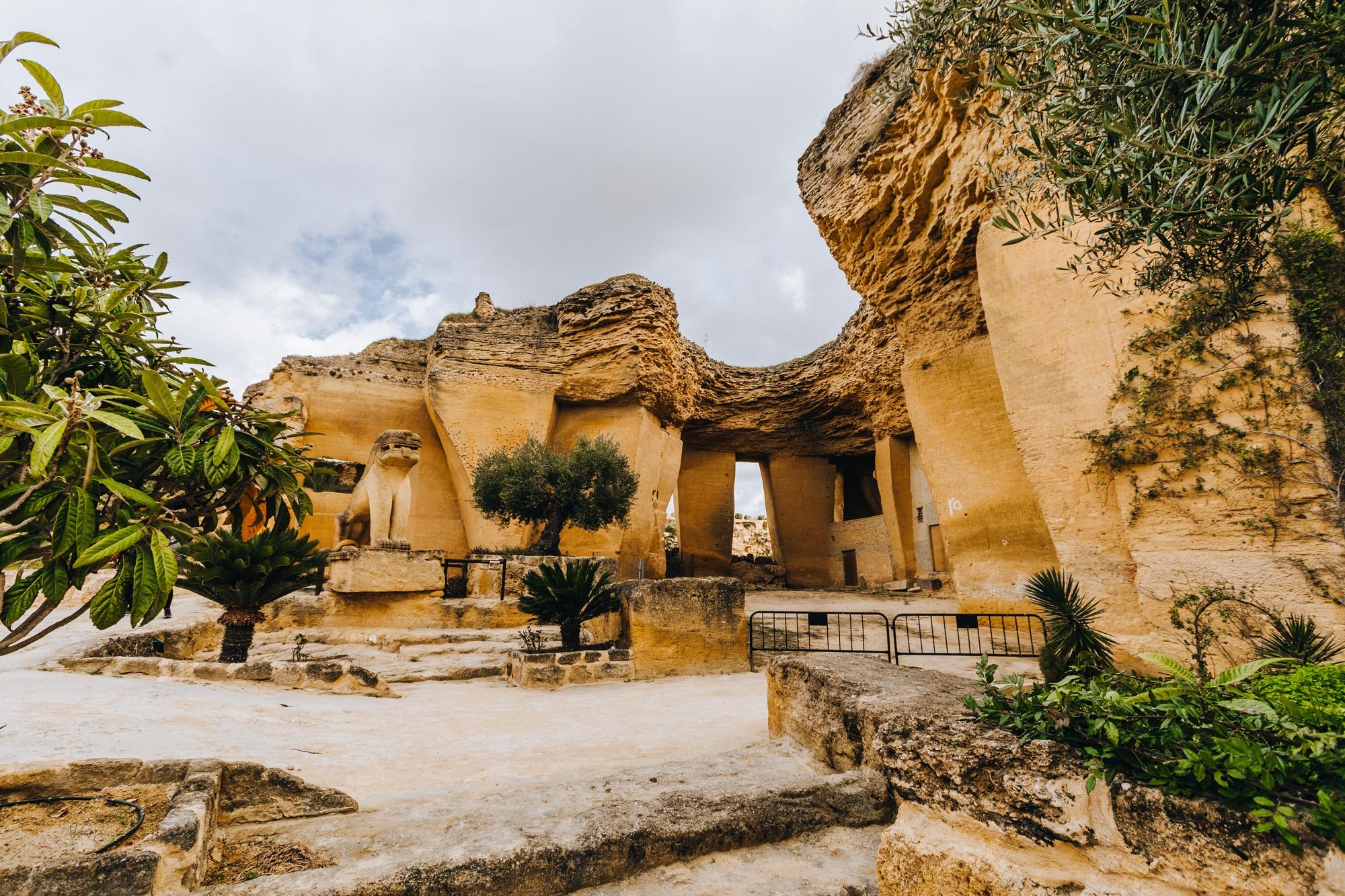
The park has become a popular destination for both local residents and tourists from outside the region, attracted by its intriguing history and the charm of nearby Osuna, a town whose bullring served as the backdrop for several scenes in the popular TV series "Game of Thrones".
Spanning 4,000 square meters, the quarry reserve features gardens adorned with various plant species, sculptures created from locally extracted sandstone, and interior space within the quarry dedicated to showcasing the history of the stone extraction process.
The history of El Coto de las Canteras dates back to ancient times when limestone sandstone, primarily used as a building material for houses, began to be extracted here. The Romans, who conquered the area, exploited the land and used the stone for building Roman aqueducts and other structures of the time. Nearby, you can find La Necropolis, a Roman burial site.
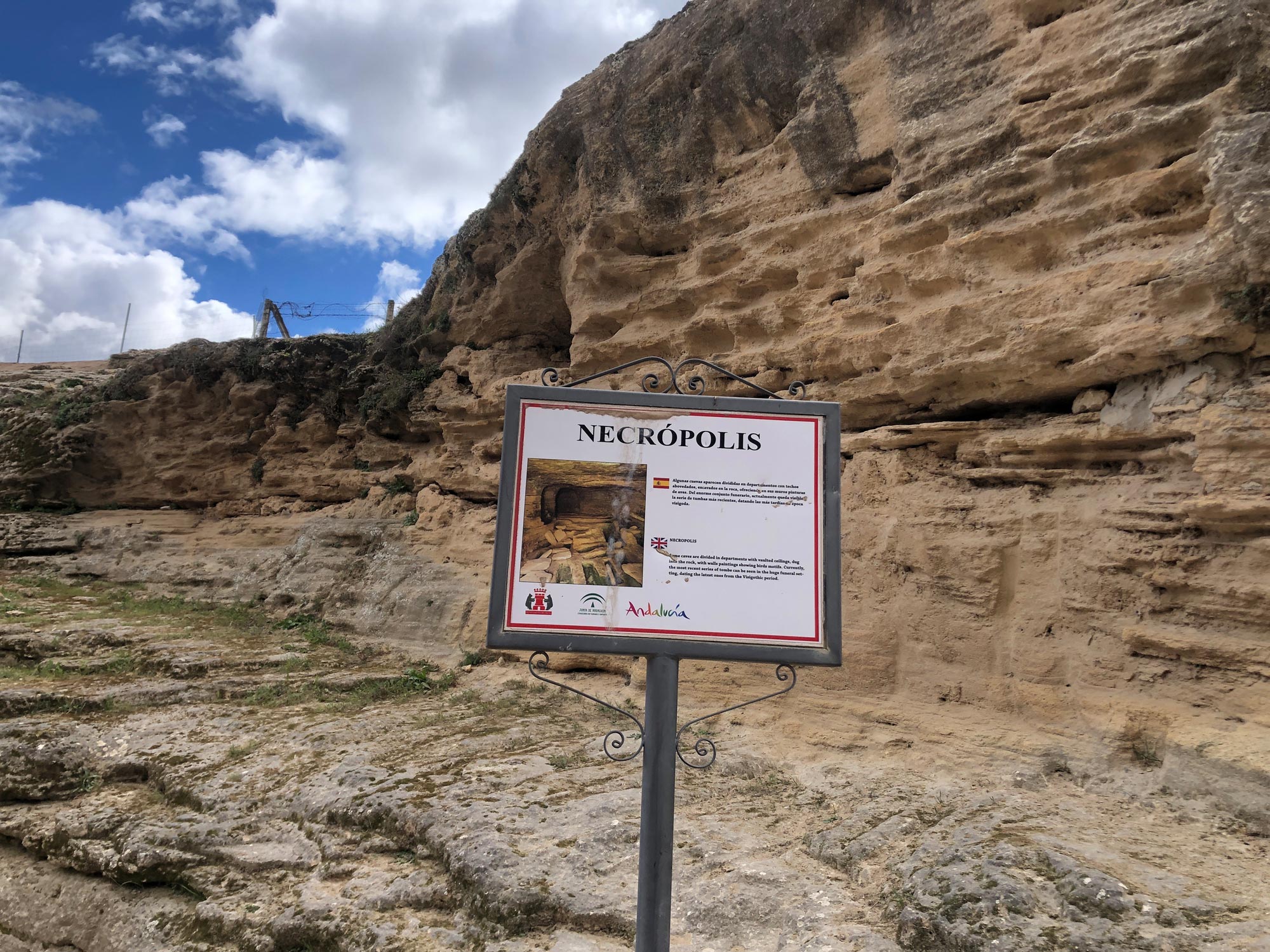
During the Middle Ages, the stone was used for the construction of castles, churches, and monasteries in the region. In the 18th century, the material was used in many well-known and magnificent Spanish buildings, including the famous La Giralda tower in Seville.
In the mid-20th century, the demand for stone extraction declined, and the last master stonemason in the 1960s was Andrés Benítez. In 2016, after renovation, the entrance gate of El Coto de las Canteras was opened to visitors.
The exterior sculptures are the work of Francisco Valdivia Gómez, an artist born in Osuna, who learned stone and wood carving at the age of fifteen in his family workshop. In 2004, he was commissioned to create sculptures for the decoration, which he meticulously crafted over the next few years, reproducing Iberian sculptures with the help of sketches and photographs. These original sculptures are now housed in the National Archaeological Museum in Madrid.
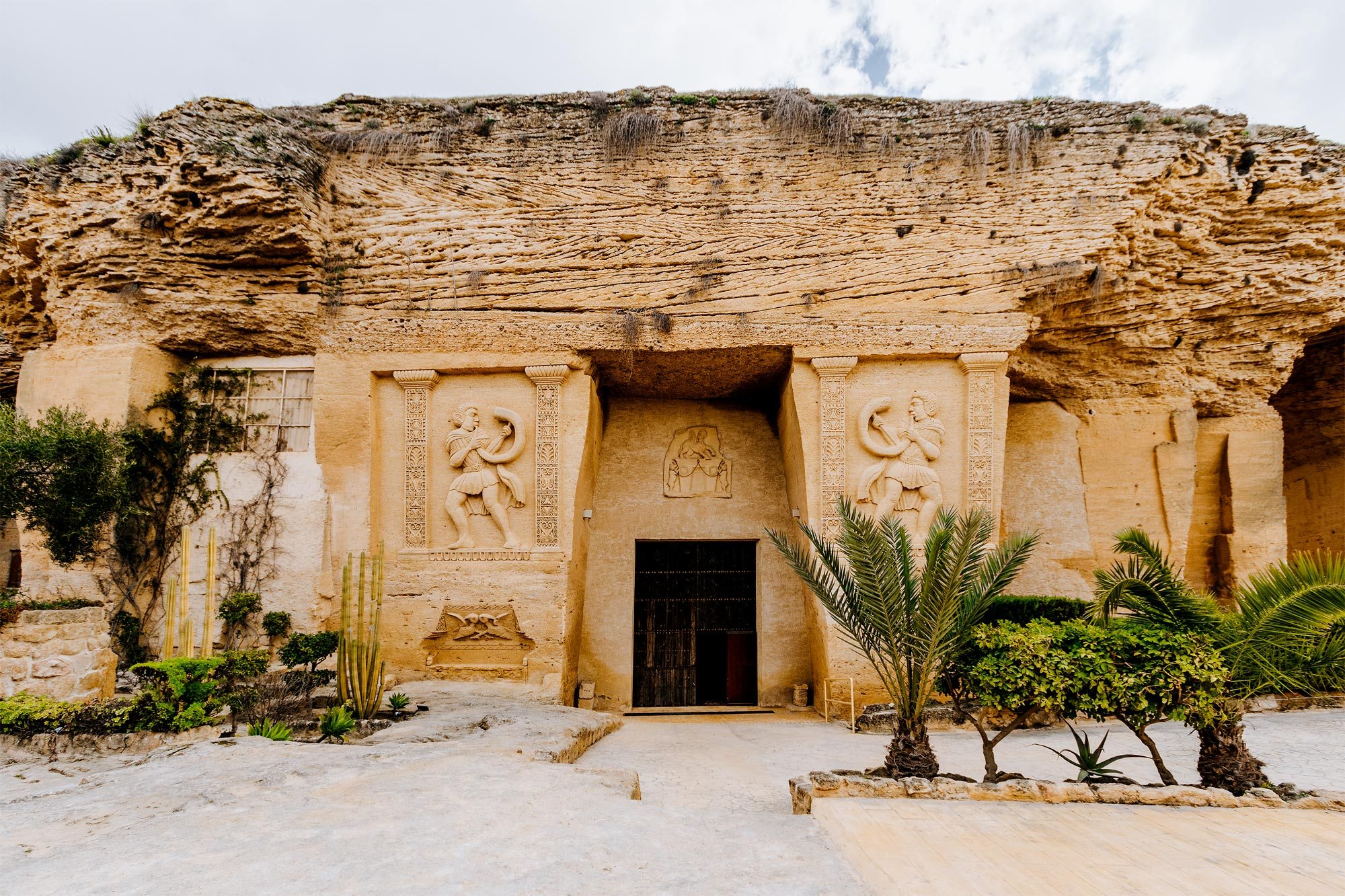
Upon entering through the main gate, a huge cave with a height of 27 meters will unfold, where a constant temperature of 22º is maintained. Inside, there is a small museum displaying a collection of tools used for stone extraction. In the past, sunflower seeds were roasted here, which is why some ceilings are blackened. In the center, there is an impressive bas-relief created by Francisco Valdivia, depicting a scene of grape harvesting with animal allegories.
If you happen to be traveling along the route from Malaga to Seville, it is worth stopping by. Just a few minutes off the main road, you can explore the interior of the quarry, which takes about 15 minutes.
Official website, opening hours, and useful information: CLICK HERE
How to get there
I'm going to write more about Osuna soon, but if you have already looked here and plan to visit El Coto de las Canteras, I recommend exploring this incredibly charming town. It is small, without crowds of tourists, but there is plenty to see and learn, especially for those who appreciate historical sites.
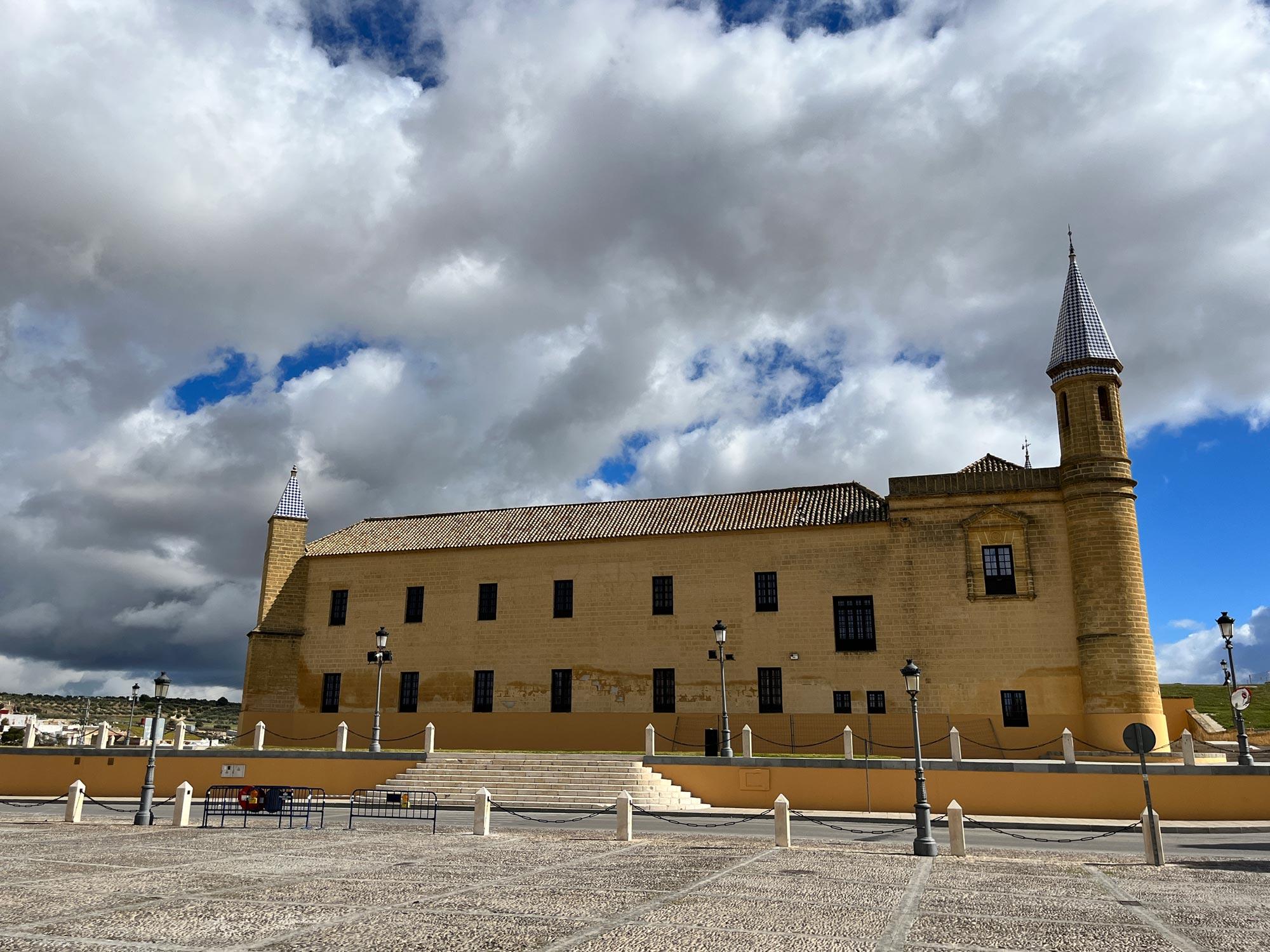
Un Saludo:)!
Back
Related articles